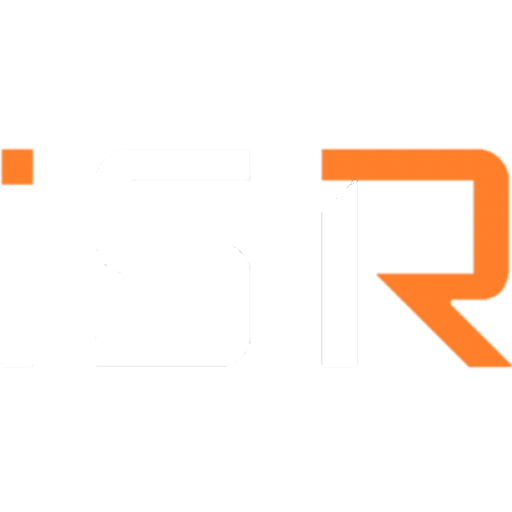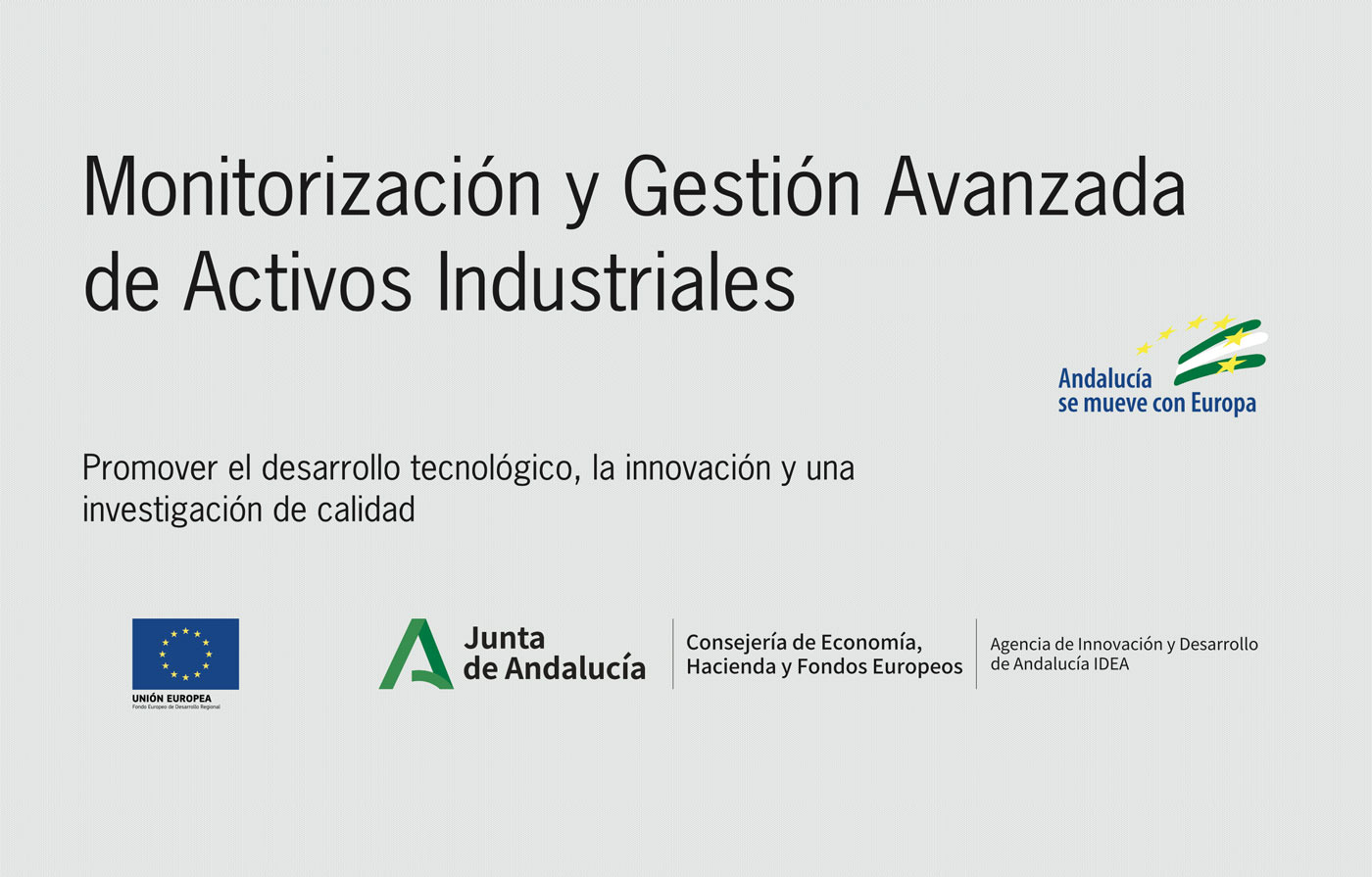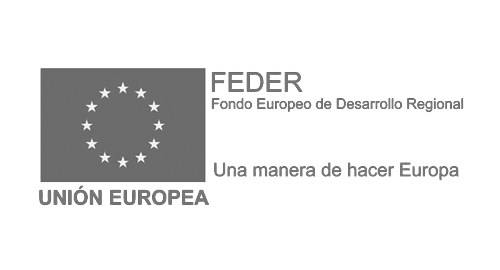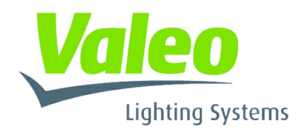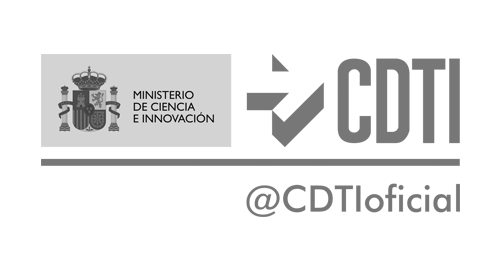Industry context: from cold stamping complexity to real-world defect challenges
Cold stamping continues to be a cornerstone in the metal-forming industry, particularly within automotive supply chains. As original equipment manufacturers (OEMs) and Tier 1 suppliers like Gestamp push for lighter vehicles and more intricate part geometries, production lines must balance high throughput with exacting quality standards. According to multiple industrial studies, cold-stamped parts often undergo rapid-forming processes in which thin-gauge steel or aluminum sheets are pressed at room temperature, leading to a variety of potential defects. These can include subtle thickness reductions or stretching, small protrusions, tears, and flange deformations.
Recent test reports highlight the nuanced nature of these flaws. They evolve gradually (e.g., a part that starts off acceptable but ultimately suffers from progressive thinning or minor cracks) or can appear suddenly in the form of a protrusion or negative mark. The challenge, therefore, is multi-layered: manufacturers need to capture these defects in real time, at line speeds of dozens of parts per minute, without incurring major slowdowns or frequent false positives.
Machine vision has emerged as the ideal tool to address this complexity. By combining advanced optics, lighting, and software algorithms (increasingly aided by deep learning), automated systems can identify subtle changes in part appearance, contour, and thickness that might escape human inspectors. At ISR, we aim to integrate these systems into stamping lines, enabling real-time detection, classification, and feedback for even the most elusive types of flaws.

Typical defects in cold stamping: A closer look at the evidence
There is an array of defects that appear during cold stamping runs:
Stretching
- Occurs when the material is drawn beyond its maximum allowable strain, leading to localized thinning.
- Acceptable only if the thickness reduction does not exceed 20–25% of the nominal gauge (e.g., a 0.7 mm sheet cannot go below ~0.56 mm).
- Progresses from barely visible thinning to an eventual tear if not caught early.
Tears
- Represent a full fracture in the material, often the end stage of unchecked stretching.
- It can appear suddenly, rendering the part structurally unsound and making it unfit for assembly.
- May also occur due to misaligned dies or excessive force.
Protrusions
- Small positive bumps or raised imperfections on the surface, sometimes invisible to the naked eye but detectable by touch.
- Commonly caused by trapped debris, tool marks, or metal flow issues in the die. Even slight protrusions can pose a risk if the part interfaces with other components.
Negative Marks
- Indentations or concavities on the part surface, similarly, driven by foreign matter, uneven surfaces in the die, or localized force concentrations.
- Again, it might be subtle visually but often detectable upon close inspection or by an automated surface-scanning sensor.
Flange Deformations
- Changes in shape at a part’s flange or edge, critical for downstream assembly operations (e.g., welding or fastener placement).
- It can occur from alignment missteps, material springback, or insufficient blank holder force.
Many of these defects cannot be scrapped outright, as Gestamp often sends them back to the plant to analyze root causes or rework them. This underscores the importance of real-time inspection and prompt feedback, before a large batch of defective pieces accumulates.

Technical landscape: Integrating vision, robotics, and AI in a demanding environment
Implementing automated inspection in a cold stamping line is far from trivial. Presses cycle rapidly, the working environment can be harsh, and parts are often irregular in shape or highly reflective. Below are the core components that define a robust inspection setup:
Camera-Laser hybrid systems
While traditional 2D cameras do capture many surface-level defects, camera-laser combinations add a vital dimension of depth measurement. A structured laser projects a line or grid onto the metal part, and high-speed cameras record deviations in the reflected pattern. This allows the system to map small contour changes, such as thinning zones or micro-protrusions, in real time. For stretching defects, which involve minor thickness changes over a localized area, the height or curvature mapping from the laser can be critical for accurate detection.
Multi-angle illumination
Flaws like negative marks or micro-cracks become more apparent under certain lighting angles. Systems from ISR often employ ring lights, directional strobes, and angled LED arrays to reveal surface topography. When a part is glossy or partially reflective, we calibrate each lighting channel to minimize glare, applying polarized filters where necessary. Multiple inspection stations, sometimes with different lighting setups—may be used for thorough coverage.
Real-time control integration
One of the distinguishing features of a modern vision system is the ability to feed detection data directly into the press control or plant Manufacturing Execution Systems (MES). This “closed loop” approach is central to Zero Defect Manufacturing (ZDM) principles. When a defect trend appears, repeated thinning in a particular location or sporadic protrusions—operators receive an immediate alert. Some advanced lines even automatically adjust punch force or press speed, if that is a known cause of emerging defects.
AI-based defect classification
Machine learning has become pivotal for flexible defect classification, especially for evolving shapes like progressive stretching or partial tears. Our Specular Vision software evolves with each new sample. It learns the nuances of different materials (mild steel vs. high-strength steel, for example) and captures the subtle morphological changes that distinguish an acceptable part from a borderline or fully defective one. Over time, this adaptive approach significantly reduces the rate of false positives and missed detections.
Closing the loop: The business case for automated inspection in cold stamping
Reduced scrap & rework
Enhanced process stability
Consistent quality for OEM requirements
Scalability to hot stamping & beyond
As cold stamping lines ramp up for ever-higher production speeds and part complexity, manual inspection becomes both impractical and insufficient. Defects such as stretching, protrusions, and tiny cracks demand an intelligent, automated approach capable of scanning thousands of parts per shift, capturing micro-level deviations, and immediately relaying actionable data back to the production floor.
At ISR – Specular Vision, we believe that advanced vision solutions are the missing link in the digital transformation journey of stamping plants. By fusing cutting-edge optics, machine learning, and real-time process feedback, we not only detect problems early but also empower operators to steer production toward Zero Defect Manufacturing. Whether you are a global player like Gestamp or a specialized Tier 2 supplier, investing in robust inline inspection is a proven way to protect brand reputation, reduce operating costs, and meet the increasingly stringent quality demands of modern manufacturing.
